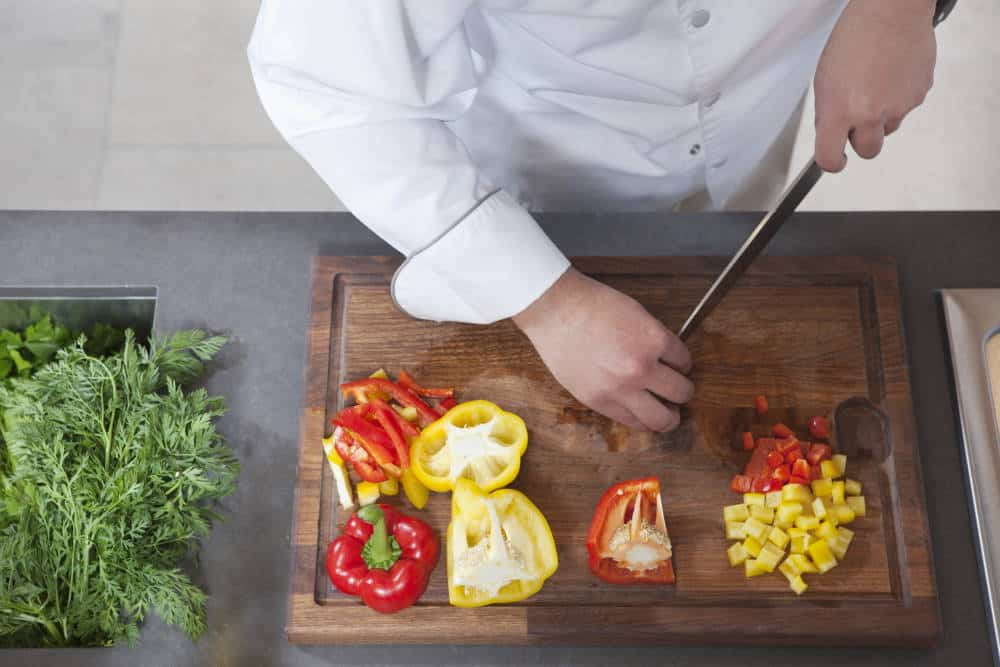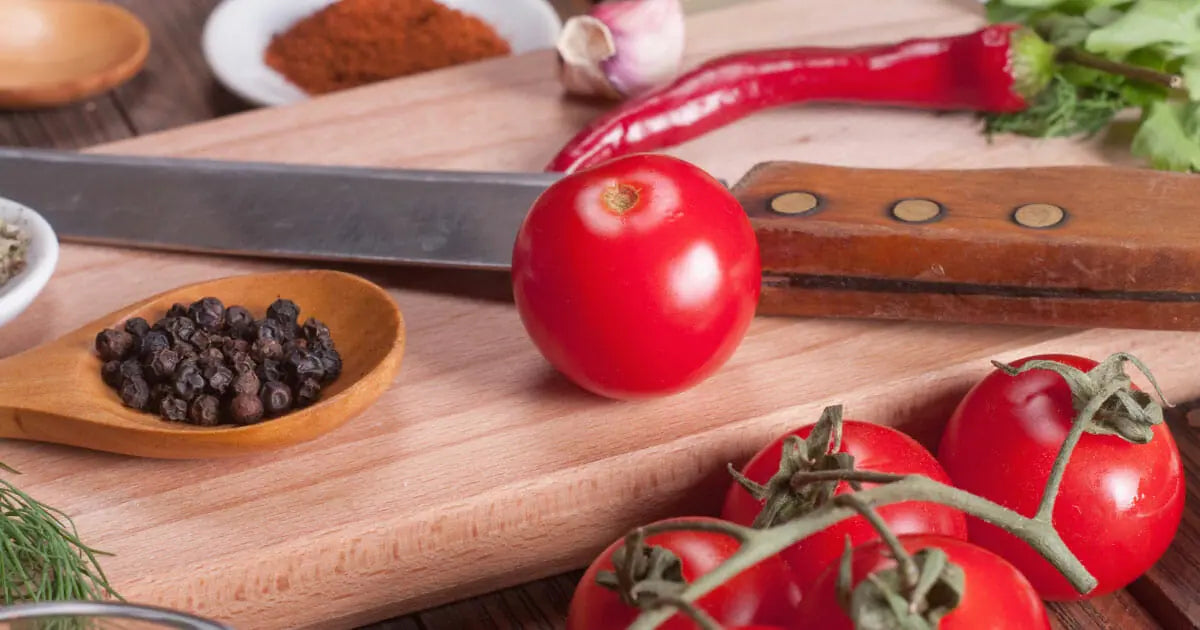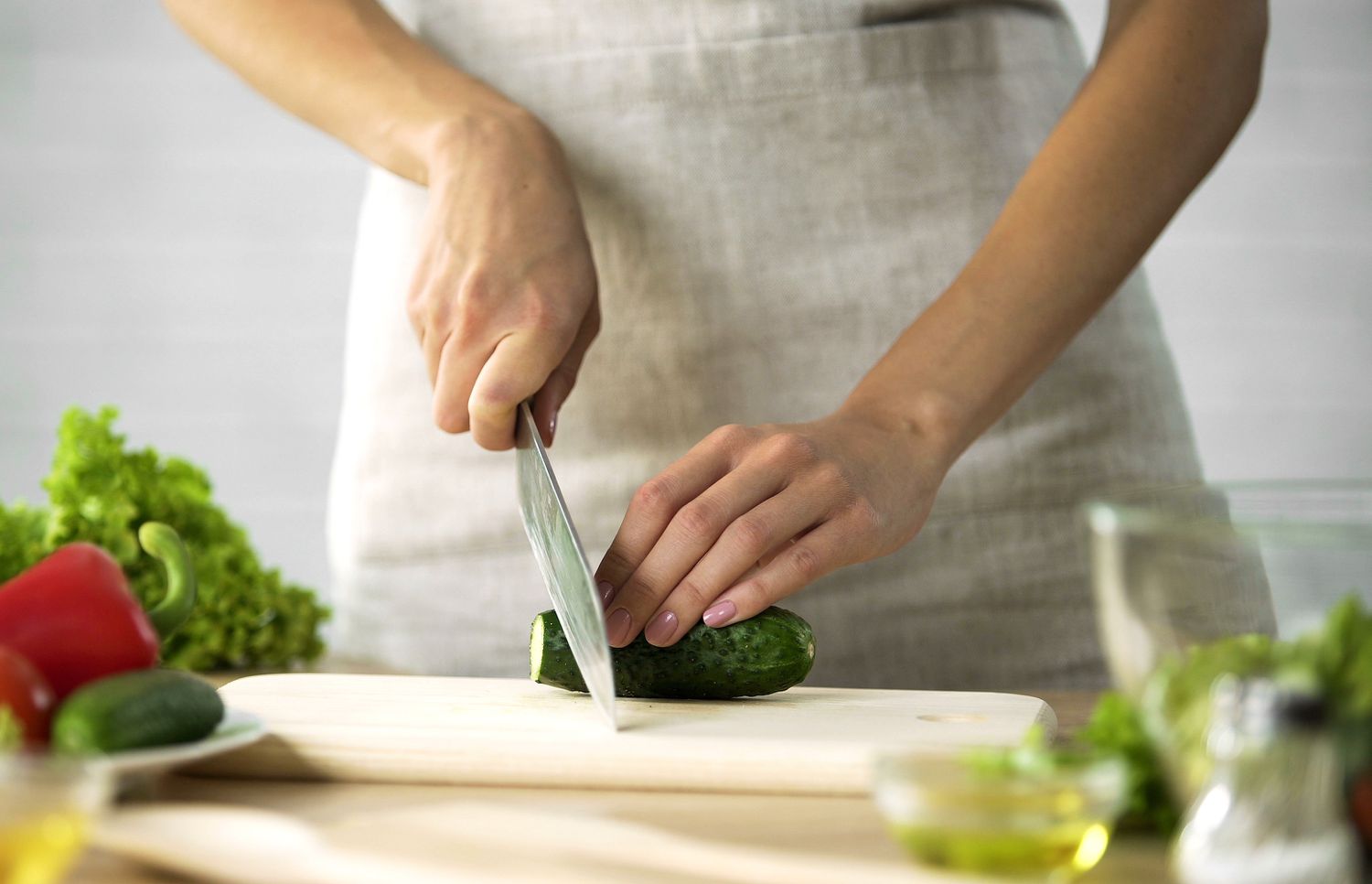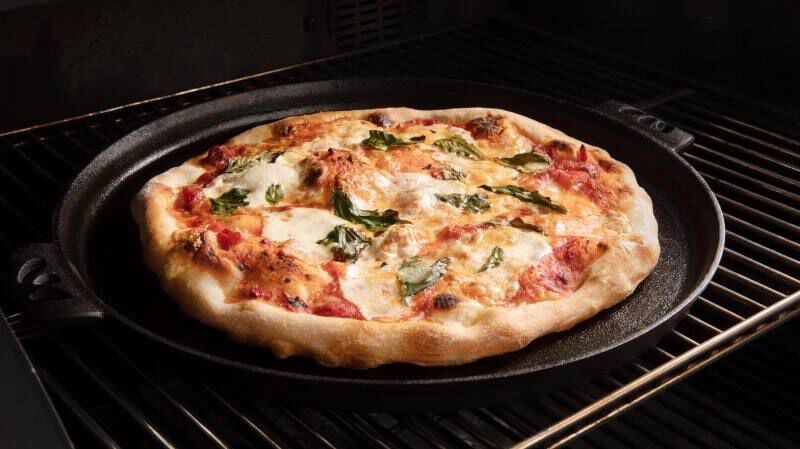As a kitchen professional, you know the value of a reliable wood cutting board. Over time, even the sturdiest boards succumb to the wear and tear of daily use, leaving you to ask an important question: how to dispose of wood cutting board? Disposing of a wood cutting board properly is not just a responsibility; its an opportunity to contribute toward sustainability, environmental care, and kitchen hygiene.
This article will walk you through the best methods for disposing of cutting boards sustainably, reusing or repurposing old boards, signs its time to replace them, and materials that can complement sustainable kitchen practices. Lets dive into this remarkable guide for kitchen professionals looking out for their environment and workplace efficiency!

Signs That Its Time to Dispose of a Wood Cutting Board
1. Deep Grooves and Cracks
When a wood cutting board has deep knife grooves or cracks, it becomes a potential breeding ground for bacteria. For kitchen professionals, sanitation is paramount. These cracks make deep cleaning impossible and could compromise food safety. This detailed guide on keeping boards clean explains how cleanliness can prolong usage.
2. Stained or Warped Surface
The appearance of staining or warping on a wood cutting board is another indicator that its time for a replacement. Wood can absorb food juices, leading to discoloration and odors that persist despite thorough cleaning efforts.
Sustainable Methods for Disposing of Old Boards
1. Recycling Wood Cutting Boards
Most wood cutting boards are made from natural wood materials, making them recyclable in specific programs that accept wooden products. Check with local recycling facilities or consider donating boards that are still functionally usable but might no longer meet professional kitchen standards.
2. Composting Wooden Boards
One of the most environmentally friendly ways to dispose of a worn-out wood cutting board is to compost it. Break the board into smaller pieces and confirm that it lacks any chemical coatings or finishes. Pure wood material breaks down naturally in compost over time. For additional advice on sustainable kitchen practices, this Wikipedia page provides a wealth of knowledge on cutting board materials.
Creative Ideas for Repurposing Old Cutting Boards
1. Repurpose as Trivets
Old cutting boards make fantastic trivets to place hot pans or dishes on, protecting kitchen counters. Sand the surface to smooth out any rough patches and stain it for added aesthetic appeal.
2. Use as a Serving Platter
Even worn-out boards can be spruced up and used as rustic serving platters for professional kitchen presentations. By refinishing the board, you can breathe new life into it and maximize its use before final disposal.
3. Create a Craft Project
If you have an artistic flair, repurpose your cutting board into photo frames, decorative wall art, or small storage shelves for the kitchen. This Craftsy tutorial provides some unique inspiration for wooden projects.
Eco-Friendly Alternatives to Replace Old Boards
When parting ways with your old cutting board, its also an opportunity to invest in wood cutting boards crafted from sustainable, eco-conscious materials. For instance, bamboo boards are a terrific choice for sustainability. Explore tips on seasoning and maintaining cutting boards for extra durability.

FAQs
1. Whats the best way to clean a worn-out wood cutting board before disposal?
Clean your cutting board thoroughly with a mix of hot water, vinegar, and baking soda before recycling or composting to ensure no harmful residues remain.
2. Can I donate my used wood cutting board?
Yes, if the board is still in decent shape but no longer meets professional kitchen standards. Donation centers often appreciate wooden kitchenware in usable condition.
3. Whats the average lifespan of a wood cutting board?
With regular care and maintenance, a high-quality wood cutting board can last between five to ten years, depending on usage intensity and upkeep practices.
Looking for further insights? Heres a guide on choosing color-coded cutting boards for improved workflow and food safety in commercial kitchens.
This article contains affiliate links. We may earn a commission at no extra cost to you.






Leave a comment
This site is protected by hCaptcha and the hCaptcha Privacy Policy and Terms of Service apply.